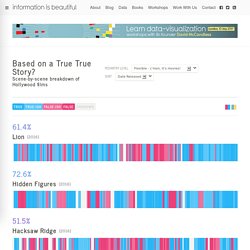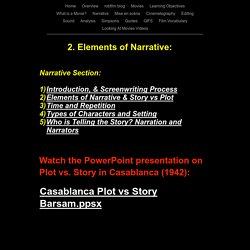

Tools & Utilities for filmmakers. You've now entered the Dependent Films Download Center.

It's unbelievable 1) how much these files can help, and 2) how hard all of these tools are to find on the net. Thus, this is why we've assembled this compilation for all of you aspiring filmmakers out there. Best of all, they're all FREE (a favorite word for all independent filmmakers). These programs have really helped our productions, and hopefully they can help yours as well.
If you have any other programs you know of online or have questions about the origins of these files, dfnet79 @ dependentfilms.net, and we'll link them here. Some of the following files are compressed in a .zip format. . ( * denotes new tool ) ! These zipped templates are in the .pdf file type. These templates are in the .xls file type. Free Call Sheet & Film Production Documents Downloads.
Preproduction templates. 163 Free Templates for Filmmakers - Part 1: Pre-Production. SFX FILM Search Results. Intranet Login. How to Make Sugar Glass: 5 Steps (with Pictures) Academic Use for Students and Teachers. Based on a *True* True Story? — Information is Beautiful. Explore your favourite “based on a true story” films scene-by-scene, beat-by-beat and test their veracity on a data level.

Obviously watch out – **MEGA SPOILERS** Here’s how the truth levels break down. » UNKNOWN We couldn’t verify it or the sources were secret (i.e. personal diaries) » FALSE Out and out didn’t happen, or outrageous dramatic licence taken. » FALSE-ISH Pretty false but with reasonable / understandable dramatic licence. » TRUE-ISH Some tweaks but true in spirit. Music Licensing for Video, Film & Advertising. Downloads - the grillo-marxuach experimental design bureau. Media Studies Teachers Online Resource Centre. Download FREE Filmmaking Production Documents. The 13 Steps Of Post-Production. There are three stages to film-making: pre-production, production and post-production.

Many filmmakers are in a perpetual pre-production stage. Pre-production is the stage where you try and convince everyone that your film is about to start shooting. It's the nerve wracking stage where you wait for financial commitments to materialise in your bank, and for cast and crew to agree that they will definitely turn up. 'Real' pre-production is when you're spending money on script development, casting, scouting and securing crew. Bottom line -- pre-production is not difficult. The second stage, production, is right after you get financing. During production everything happens at once. When you do wake up, you find twenty hours of tape, or the equivalent in film stock by the foot of your bed.
Post-production, somehow, is the part of the process that intimidates people most. The Movie Making Process: from Development Hell to the Shark Pool of Distribution. Contents 1.0 Development Development (also known, appropriately, as “development hell”) is a fuzzy, amorphous, painfully interminable period in which the film’s conception takes shape and the foundational elements are assembled.

This description of the movie making process is written to be relevant to independent movie makers outside the Hollywood system, so traditional Hollywood-style development – which is currently mired in some considerable trouble – will not be dealt with here, because it is quite simply no longer a relevant, realistic or viable option for independent movie makers. Development consists of the following activities, which may overlap and may be sequenced in a different order in different movies: 1.1 Story development / treatment / scriptment / plot points / structure In this phase the movie’s story is developed. Having developed the basic structure of the story, for most screenwriters the next step usually involves writing a scene-by-scene outline of the whole movie.
Film School Rejects. Canon Explains Exposure. 2. Elements of Narrative: Story vs Plot Diegesis vs Non-Diegesis In everyday conversation the terms PLOT and STORY might be used interchangeably.

THEY MEAN DIFFERENT THINGS when we speak about movies. Story: In a narrative film, all the events that we see and hear in the order the film presents them, plus all those that we infer or assume to have occurred, arranged in the mind of the viewer in their presumed causal relations, chronological order, duration, frequency, and spatial locations. The TOTAL WORLD of the STORY is called its DIEGESIS. Plot: In a narrative film, the Plot is a structure for presenting everything we directly see and hear in a film. Diegesis (Diegetic): Things which exist within the "world" of the film's narrative. Non-diegetic elements of a film do not "exist" or "take place" in the same plane of reality that the character's inhabit.
Diegetic sound: Any voice, musical passage, or sound effect presented as originating from a source within the film's world. RocketJump Film School. Composition + Framing - Storytelling with Cinematography. Filmmaking 101: Training for Scriptwriting, Camera, Shooting, Lighting and Video Post Production. Safety Checklist for Film and Television. Get Safe Now!

Checking out your workplace Updated: October 2005 (Media Entertainment and Arts Alliance) This checklist is to be used as an aid when setting up and reviewing an Occupational Health and Safety (OHS) System for short films and television commercials. It should be used in conjunction with the WorkCover Small Business Safety Checklist, and with the Film and Television Safety Code. Hazard Identification ……………………………… 2 Risk Management ……………………………… 3. Sign In - ClickView.